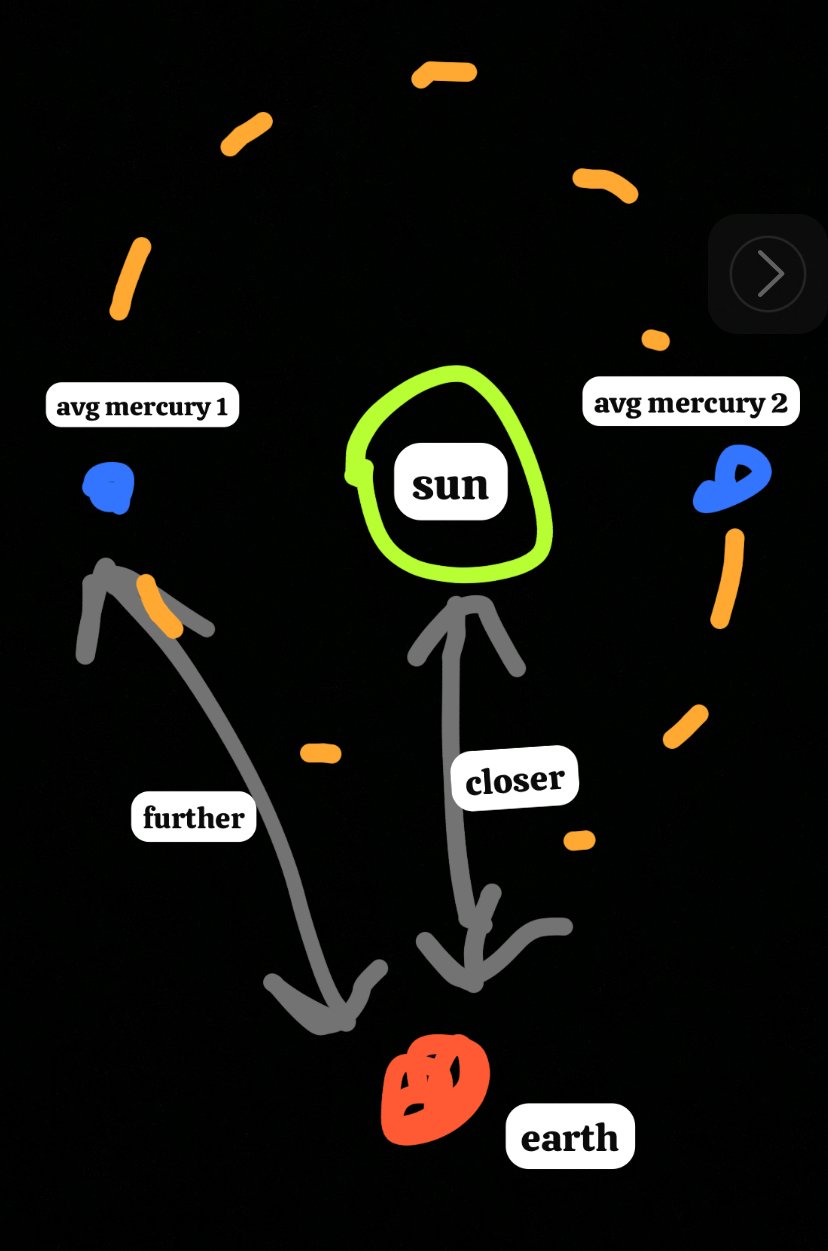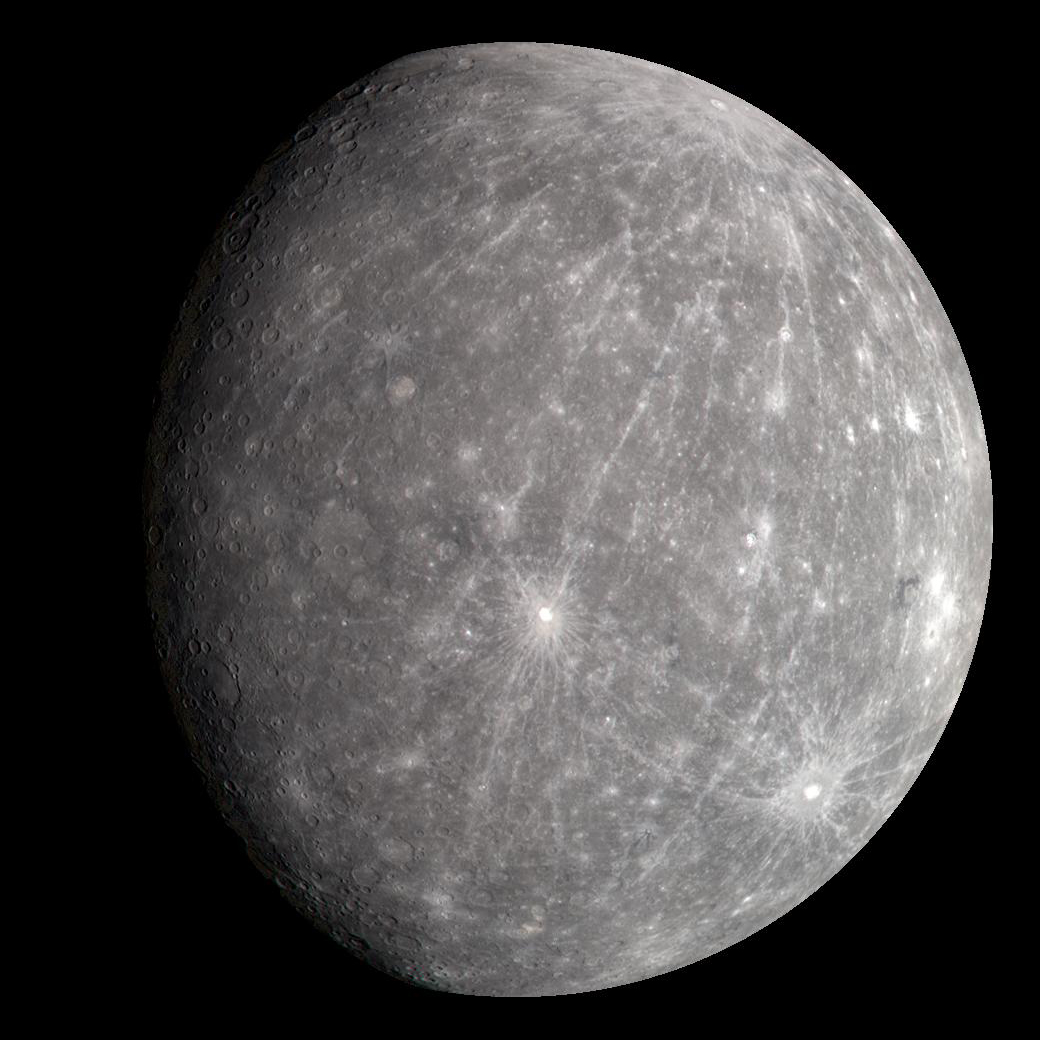https://youtu.be/SumDHcnCRuU?si=m754GmauMaaimoRw
CGP Grey on that subject <3
This is awesome and 🤯 at the same time.
What about if you add the sun into the equation?
If you take the sun out of the equation, the planets fly apart in all directions. Hope that helps ;)
I mean would the planets be closer to mercury or the sun on average
I am not a scientist, or mathematician, or STEM in any way, but if we assume that mercury has a circular orbit, and the sun has a stationary position within everyone’s orbit… and that every planet has a circular orbit, instead of elliptical, then we can assume… that the sun and mercury (edit: or ANY planet) are equal, since mercury is half of the time further and half of the time closer.
I hope that helps. I know the first rule of the internet is that stating something wrong will immediately result in being corrected by a SME, so either way my comment will get you* the correct answer.
Edit: this reasoning would only apply to planets that have circular orbits and are on the same plane.
Thanks for the attempt but your calculation is wrong, as it considers distance only on a one axis and not a two axis plane. With your circle assumption, mercury would be further than the sun on average.
I wonder if anyone has the data without the circle assumption, and also correcting for the various other complexities.
Thanks, you fell into the trap. But, how would Mercury be further on average if we assumed circular orbits and the planets were on the same plane?
hope my shitty drawing helps
(replying from my alt)



